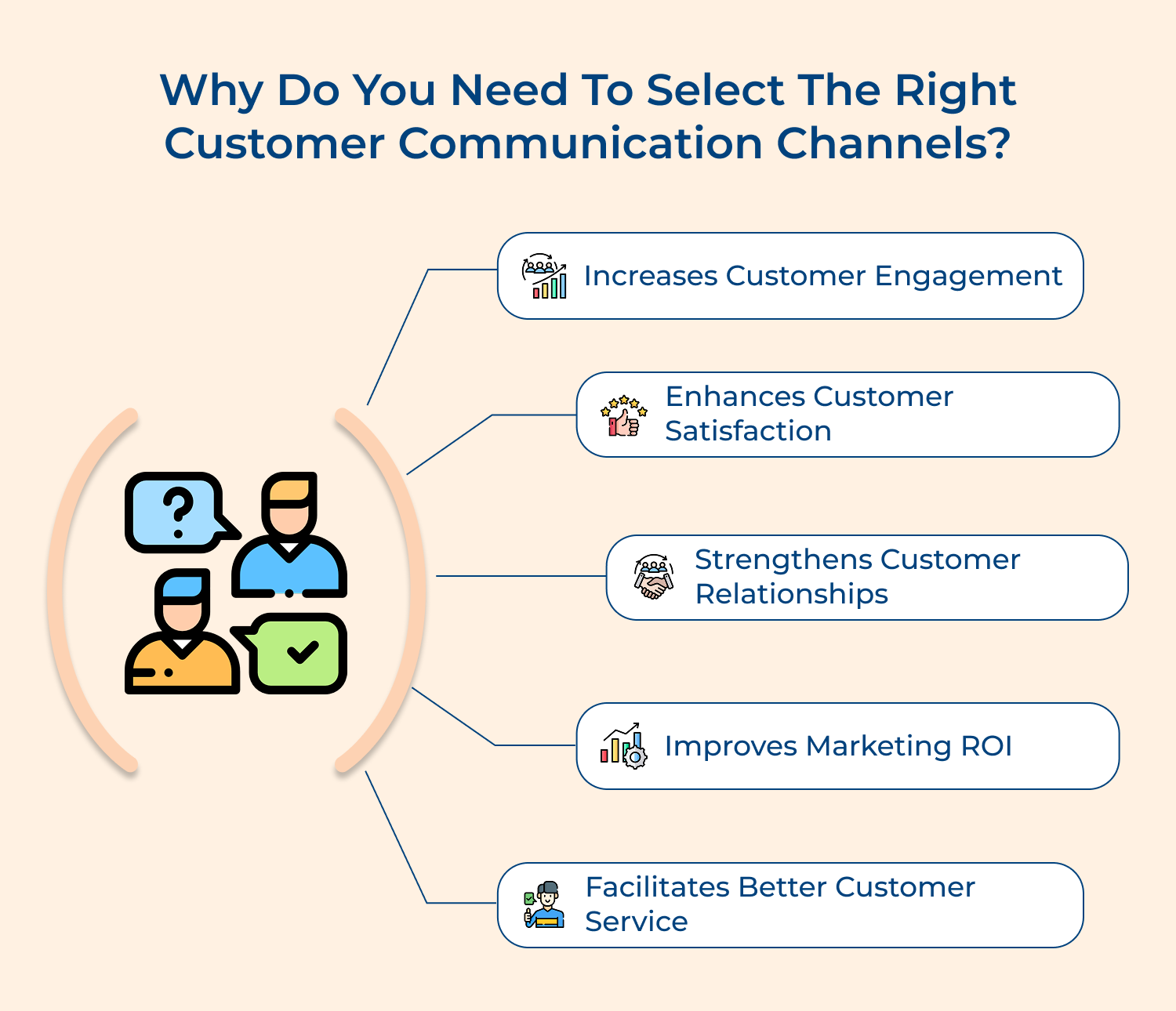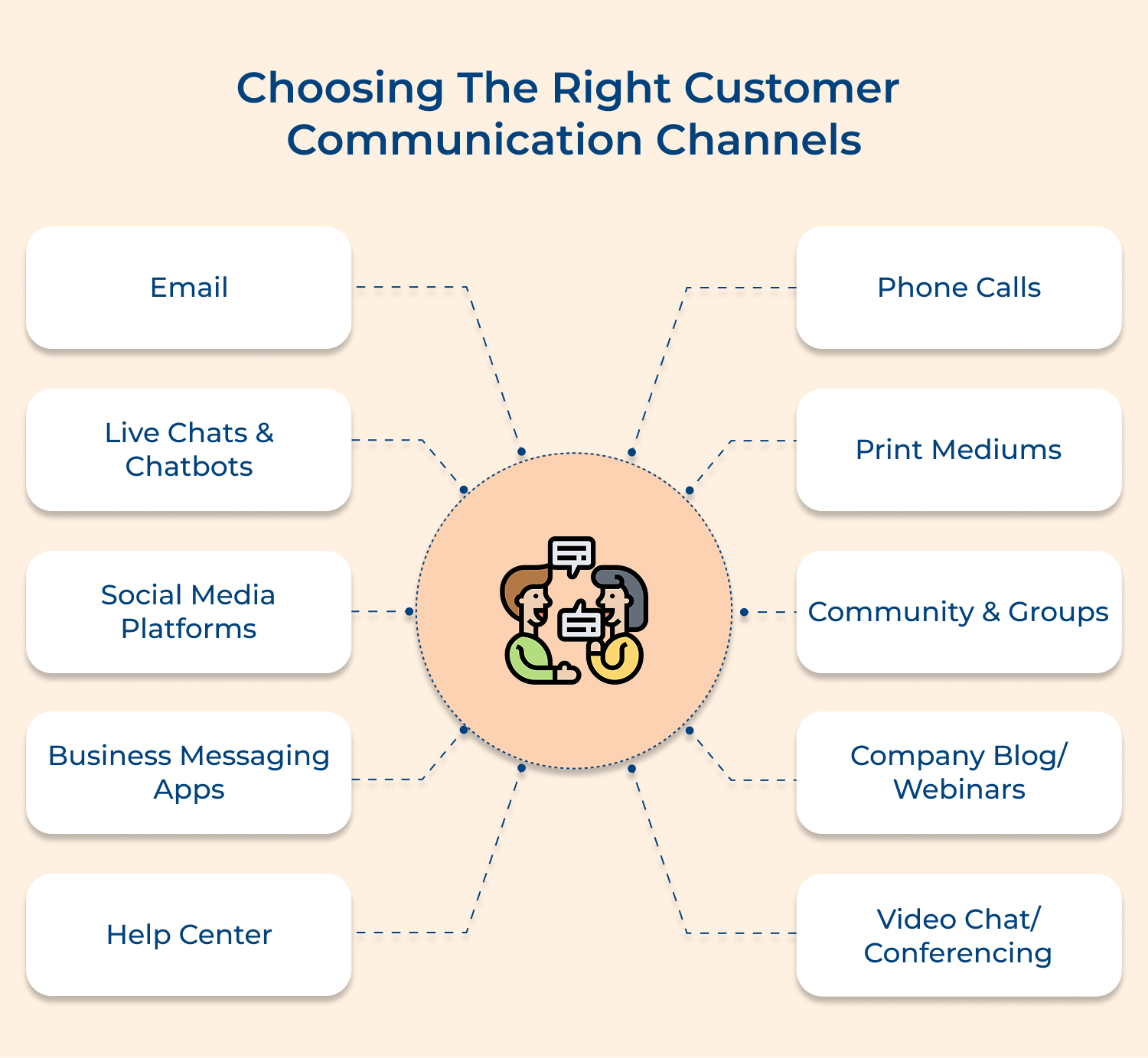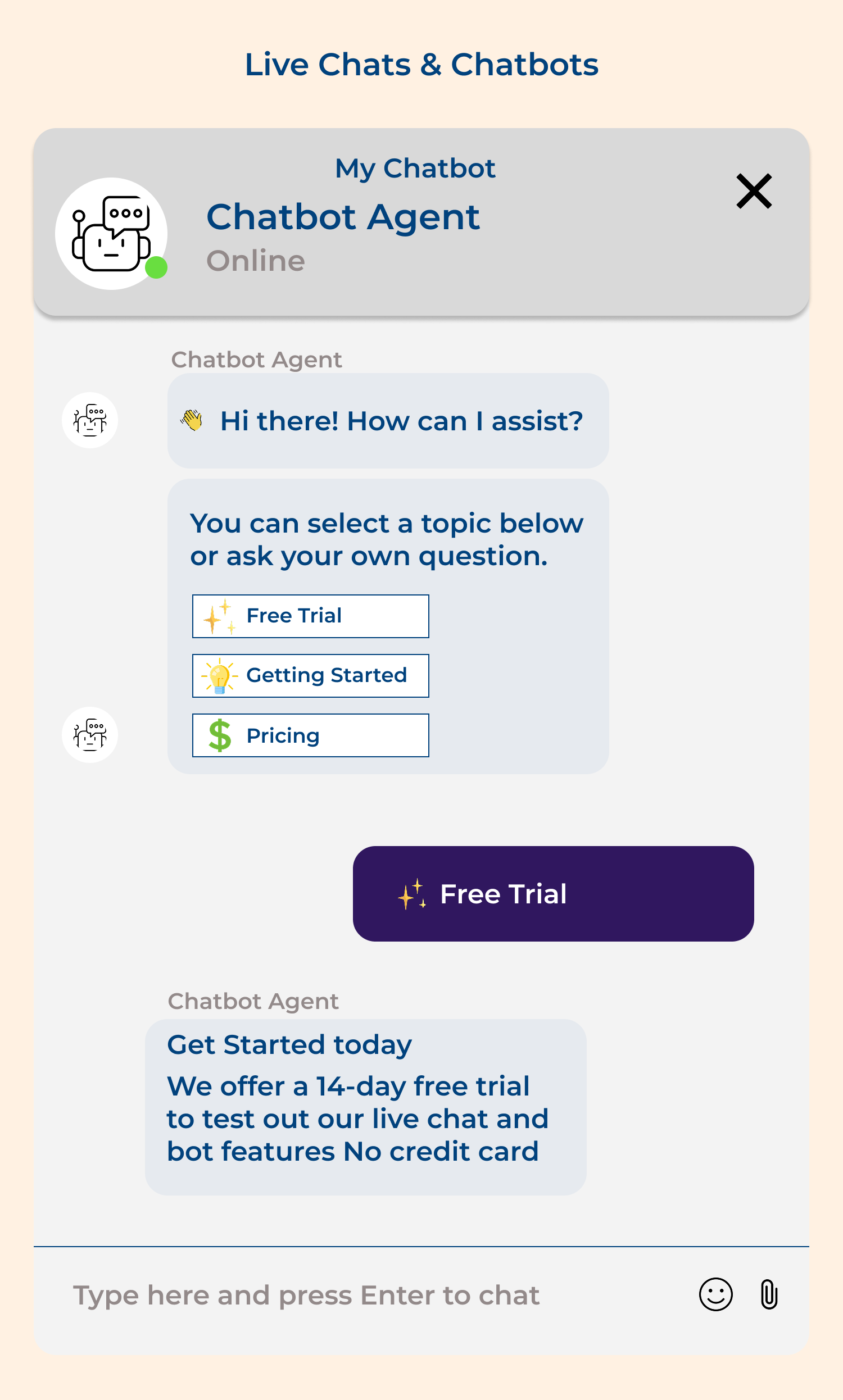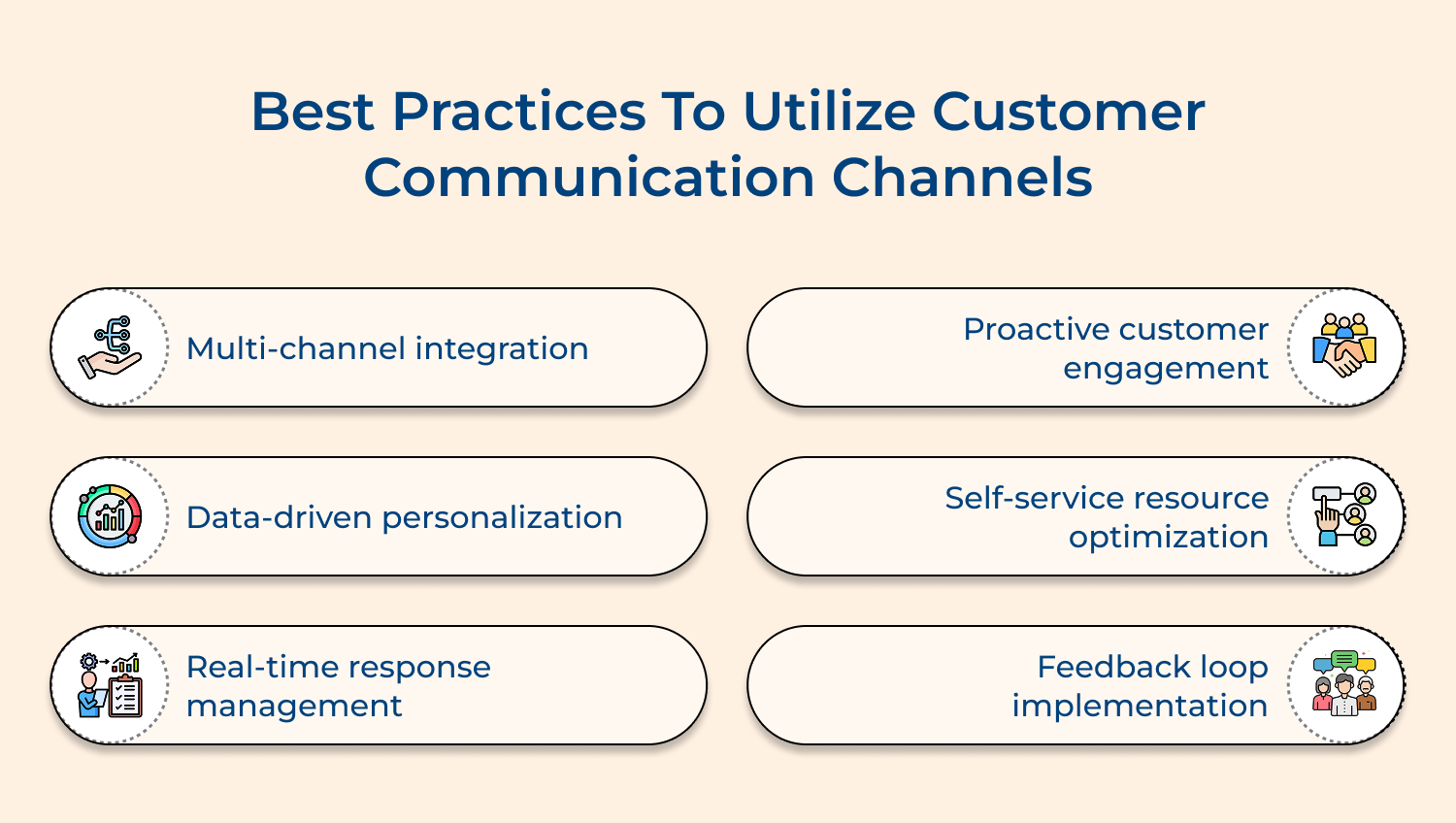Best practices:
• Make sure human agents are readily available during peak hours.
• Utilize data from conversations and interactions when responding in order to better anticipate
customers’ needs.
3. Social Media Platforms
Social media platforms give brands an opportunity to interact directly with consumers, providing a more direct channel than other forms of communication. 57% of consumers follow a brand on social media to know about new products or to stay up-to-date on company-related information.
The top strategies include:
• Listen actively on social media – know what trends people are talking about, and what topics generate conversation online, as well as determine emerging consumer interests.
• Respond quickly – reply promptly when customers raise an issue or grievance online.
4. Business Messaging Apps
Instant messaging apps have become increasingly popular due to their fast speed and convenience for both businesses.
Nine out of 10 people with smartphones access messaging apps which shows where the future of customer communication lies.
These provide opportunities for companies to make use of business messaging technology that offers extra security protection measures compared to public messaging platforms like WhatsApp or Facebook Messenger.
To use business messaging apps effectively, follow the below tips:
• Proactively send content instead of waiting around until somebody sends you a message.
• Decrease user wait times by breaking down conversations into smaller tasks so no single question stops progress.
5. Help Center
Having a dedicated help center within an organization gives customers access to all resources needed for self-support without having to contact customer service agents directly. This allows companies more time to focus on other aspects of servicing the client while still providing the necessary help when needed.
Best practices:
• Keep your Help Center organized by sectioning off relevant material in searchable categories;
• Create “how-to” guides that provide step-by-step instructions;
• Update documentation regularly with new features and changes.
6. Phone Calls
Whether it’s a call center staffed by your employees or an automated voice response system aided by artificial intelligence (AI), phone communications are still a powerful way to connect with customers.
Best practices for using phone communication effectively:
• Make sure customer service staff are properly trained on customer service expectations.
• Create a streamlined process that allows customers to get the help they need quickly.
7. Print Mediums
Although largely overlooked in our digital world, print-based methods of communication like direct mail can be extremely effective for reaching particular audiences.
Here are the best practices for making the most of print mediums:
• Leverage highly personalized content that speaks directly to customer needs.
• Use high-quality materials like large envelopes with colored letters inside.
• Time campaigns when demand is highest – such as around holidays or special events.
8. Community & Groups
Social media has empowered companies to build interconnected communities where they can interact with their followers on an ongoing basis and nurture relationships at scale.
Here’s how you can use community & groups effectively:
• Encourage users to share stories about their experiences with your company/brand
• Urge customers to join discussions on forums or within product pages
• Identify influencers in online communities who can amplify your message and guide them
through product offerings.
9. Company Blog/Webinars
Communication through blogs and webinars is a great way to establish an open dialogue with customers. Companies can offer helpful advice, provide valuable information and grow their network of industry insiders to stay up-to-date on the latest trends in their field.
The best practices are as follows:
• Update your blog regularly to keep readers engaged;
• Offer webinars on topics related to your brand or products;
• Create original content specific to your company’s needs and offerings.
10. Video Chat/Conferencing
Video chat/conferencing is perfect for providing technical support and real-time assistance to customers when they need it most.
Video conferencing tools can help companies save 15%-30% of the total project cost and also shorten project timelines. It’s also a great way to get meaningful feedback from customers about your products or services.
The best practices include:
• Ensure that customer queries are handled promptly by experienced agents;
• Include visual aids whenever possible such as screenshots of what you’re describing;
8 Best Practices to Utilize Customer Communication Channels
86% of consumers expect seamless communication across multiple customer support channels with agents.
Considering this businesses should invest in the right type of service channels. Also, follow a number of strategies and best practices that can help ensure effective customer communication.








